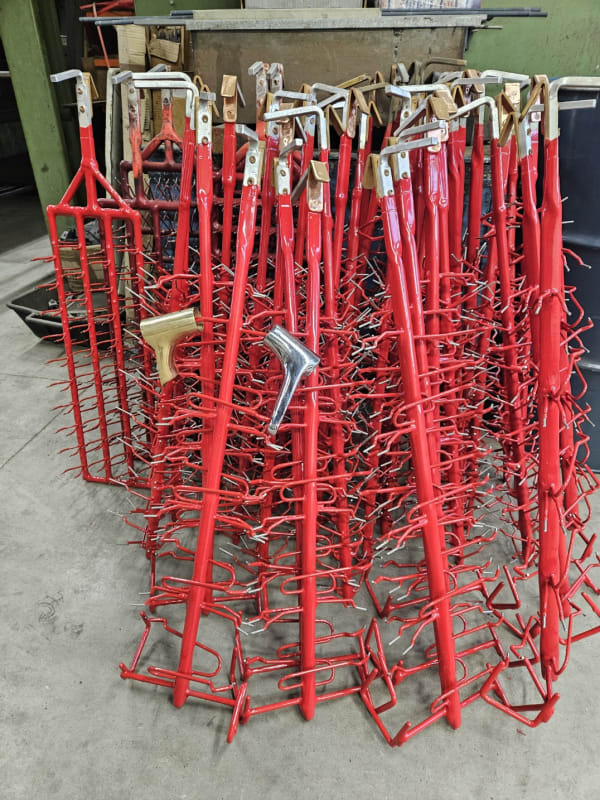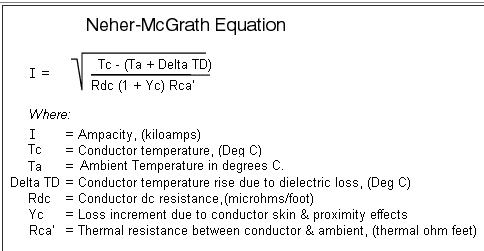Hi guys,
I'm a material engineer working in a faclity that build up plating racks.
Often I 've to take into account with the following question: "Is that rack adequate for the flowing current?"
In fact the only one issue is the possibility of overheating and pvc coating burning due to joule effect.
I'm indagating if there is a method to solve the problem. I think i need to work on the ampacity of the plating rack circuit but reading on the internet is more complicated that i can imagine.
Could somebody indicate me the rigth way to calculate the ampacity or give me some ideas?
Thanks
Luigi

I'm a material engineer working in a faclity that build up plating racks.
Often I 've to take into account with the following question: "Is that rack adequate for the flowing current?"
In fact the only one issue is the possibility of overheating and pvc coating burning due to joule effect.
I'm indagating if there is a method to solve the problem. I think i need to work on the ampacity of the plating rack circuit but reading on the internet is more complicated that i can imagine.
Could somebody indicate me the rigth way to calculate the ampacity or give me some ideas?
Thanks
Luigi


